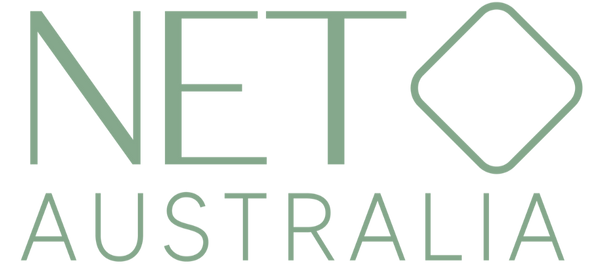Muscle Testing Essentials in NET
Welcome to the fascinating world of muscle testing! This essential tool is at the heart of Neuro Emotional Technique (NET), helping practitioners uncover hidden stressors and guide their patients toward healing. Whether you're a seasoned practitioner looking to refine your skills or a patient curious about the process, this guide offers valuable insights into muscle testing, its role in NET, and how it enhances the healing journey.
What is Muscle Testing?
Muscle testing is a simple yet powerful biofeedback tool. By applying gentle pressure to a muscle and observing its response, practitioners can detect imbalances and stress within the body. Here's a quick overview of the types of muscle testing:
1. Orthopedic Testing - Focuses on muscle function and strength, often used in rehabilitation settings.
2. Functional Neurology Testing (Used in NET) - Observes how the body responds to stimuli like words, emotions, or physical touch to identify unresolved stress.
3. Subconscious Lie Detector Testing (Not Used in NET) - While some use this for "true/false" indicators, it is not scientifically validated and is not part of NET.
NET primarily uses functional neurology testing, treating muscle responses as biofeedback to pinpoint unresolved stress and tailor treatments effectively.
Why Muscle Testing is Key in NET
Muscle testing isn’t just a diagnostic tool—it’s a gateway to understanding the connection between stress and health. Here’s why we use it in NET:
1. Identify Stressors - The body’s response reveals specific stress points—emotional, mental, or physical.
2. Tailor Treatments - Feedback from muscle tests ensures that treatments address the root causes of stress effectively.
3. Engage Patients - Patients see and feel the changes firsthand, empowering them in their healing journey.
For example, if a patient’s arm goes weak during a test, it indicates their body is reacting to a stressor, such as a thought, emotion, or physical stimulus. This feedback guides the practitioner toward resolution and healing.
How to Explain Muscle Testing to Patients
Muscle testing might feel unfamiliar to patients, so it's crucial to make them feel comfortable. Here’s how you can explain it:
"Why did my arm go weak?"
Think of it like a reflex—the body reacts when it encounters a stressor, and the muscle briefly weakens in response.
"What does this mean?"
This weakness is a helpful clue, revealing stress points that need attention and guiding effective treatment.
The Process
1. Identify Stressors: Test muscle reactions to uncover hidden imbalances.
2. Guide Treatment: Use feedback to address the root causes.
3. Engage Patients: Encourage active participation by showing them how their body responds and improves.
What Patients Say About Muscle Testing
Patients often describe the experience as enlightening and empowering. Many report feeling a "weight lifted" or a renewed sense of balance after just a few sessions. Here’s what some patients have said:
“I discovered stress I didn’t even realize I was holding onto—and felt lighter after my first session.”
“My relationships and focus at work have improved because I’m no longer carrying so much tension.”
“I feel more in tune with my body and my emotions after working with NET.”
Mastering Muscle Testing in NET
Muscle testing is more than a technique; it’s a bridge between stress and healing. By uncovering hidden imbalances, practitioners can guide their patients toward emotional and physical alignment.
Want to deepen your understanding of muscle testing or enhance your practice? Visit netmindbody.com for training, workshops, and the latest insights into this transformative tool.
Embrace the power of muscle testing—your practice and your patients will thank you!
📄 Download the PDF
Take this resource with you! Click below to download a PDF version for offline reading.
👉 Download PDF

